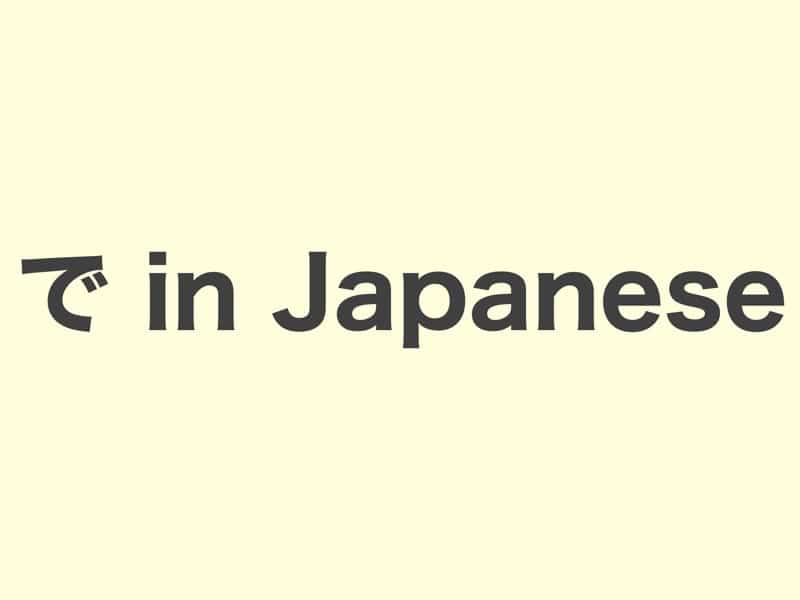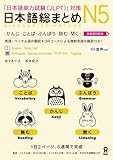The particle で (de) is an essential part of Japanese grammar, particularly at the N5 level. Understanding how to use で correctly can significantly enhance your ability to construct sentences and communicate effectively. Whether you’re just starting your Japanese language journey or looking to solidify your understanding, this article will provide clear explanations and practical examples to help you master the use of で in everyday conversation. Let’s dive in and start learning!
JLPT Textbook Recommendations
Expressing the Means of Transportation
When talking about how one travels from one place to another, で (de) is used to indicate the mode of transportation.
車で行きます(くるまでいきます)
kuruma de ikimasu
→ I will go by car.
Indicating the Location of an Action
で (de) can denote the place where an action occurs. It shows the location in which an action is performed.
うちで食べます(うちでたべます)
uchi de tabemasu
→ I eat at home.
Indicating the Method
Using the particle で (de) helps clarify how you perform actions by indicating the tools or methods involved.
カメラで写真を撮ります(カメラでしゃしんをとります)
kamera de shashin o torimasu
→ I take pictures with a camera.
お箸で食べます(おはしでたべます)
ohashi de tabemasu
→ I eat with chopsticks.
Indicating the Language or Context of Communication
Use で to specify the language being used.
日本語でなんですか(にほんごでなんですか)
nihongo de nandesuka
→ What is it in Japanese?
Becasue of (N4 level)
The particle で can also be used to indicate a reason or cause for an action or state. In this context, it translates to “because of” or “due to” in English.
病気で学校を休みました。(びょうきでがっこうをやすみました。)
byouki de gakkou o yasumimashita.
→ I was absent from school because of illness.
事故で電車が止まりました。(じこででんしゃがとまりました。)
jiko de densha ga tomarimashita.
→ The train stopped because of an accident.
台風で旅行が中止になりました。(たいふうでりょこうがちゅうしになりました。)
taifuu de ryokou ga chuushi ni narimashita.
→ The trip was canceled due to a typhoon.






コメント